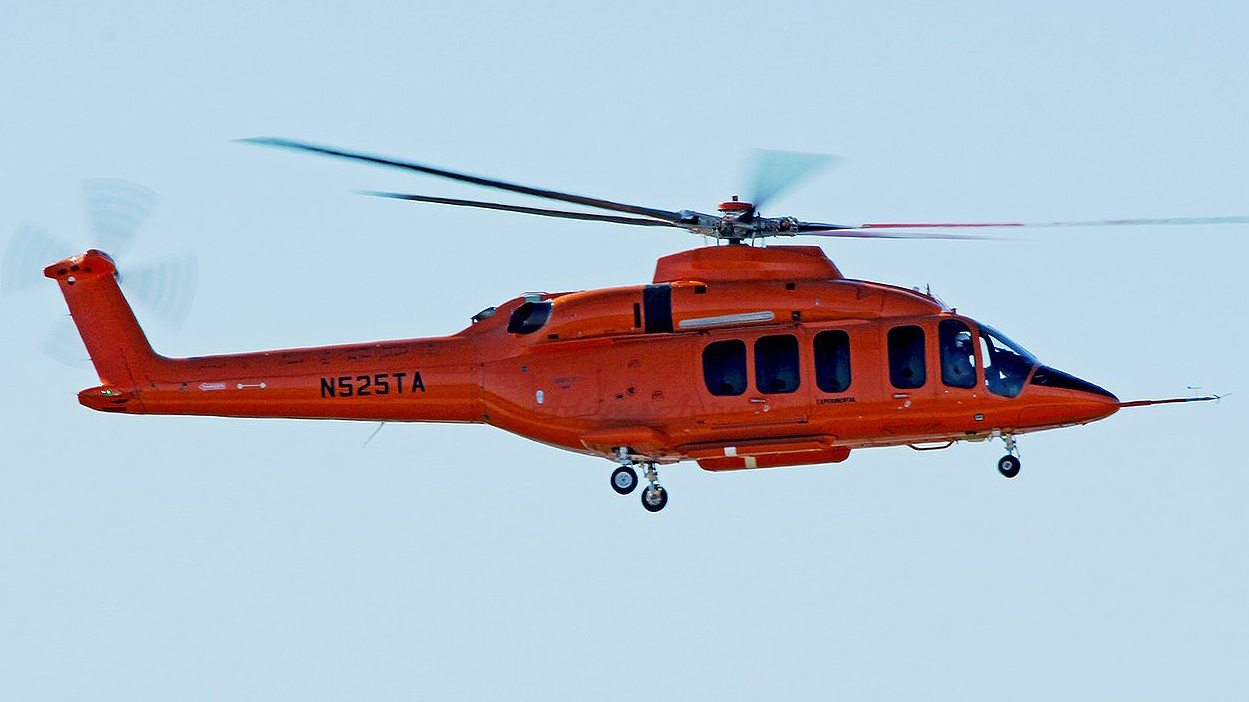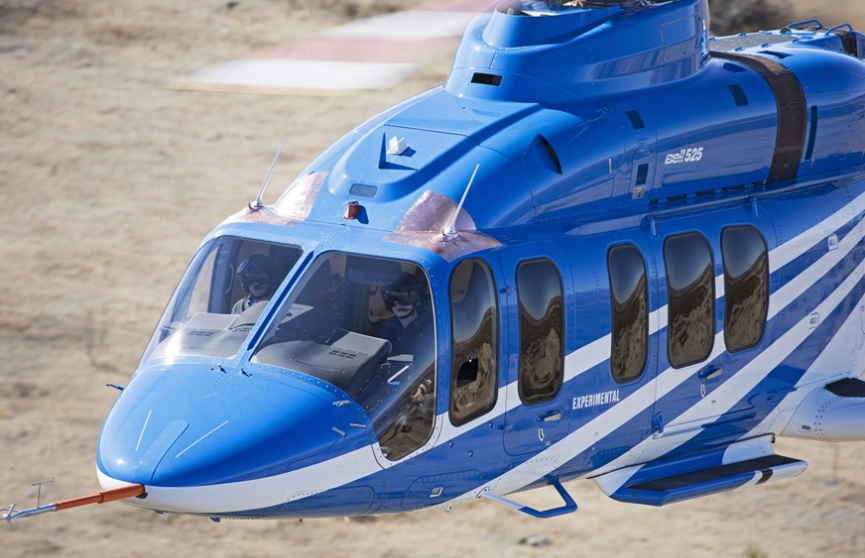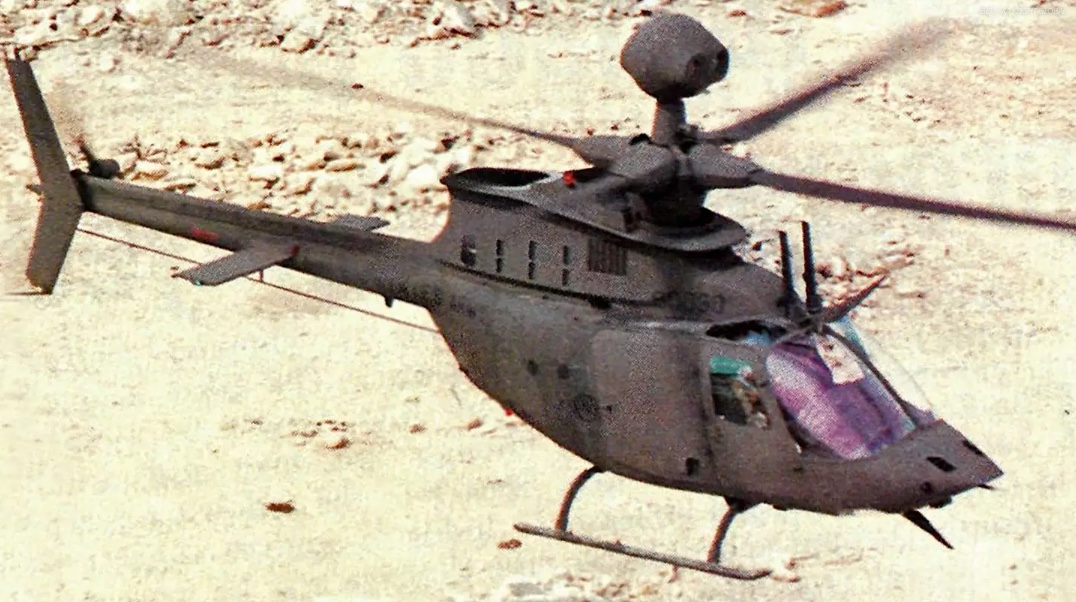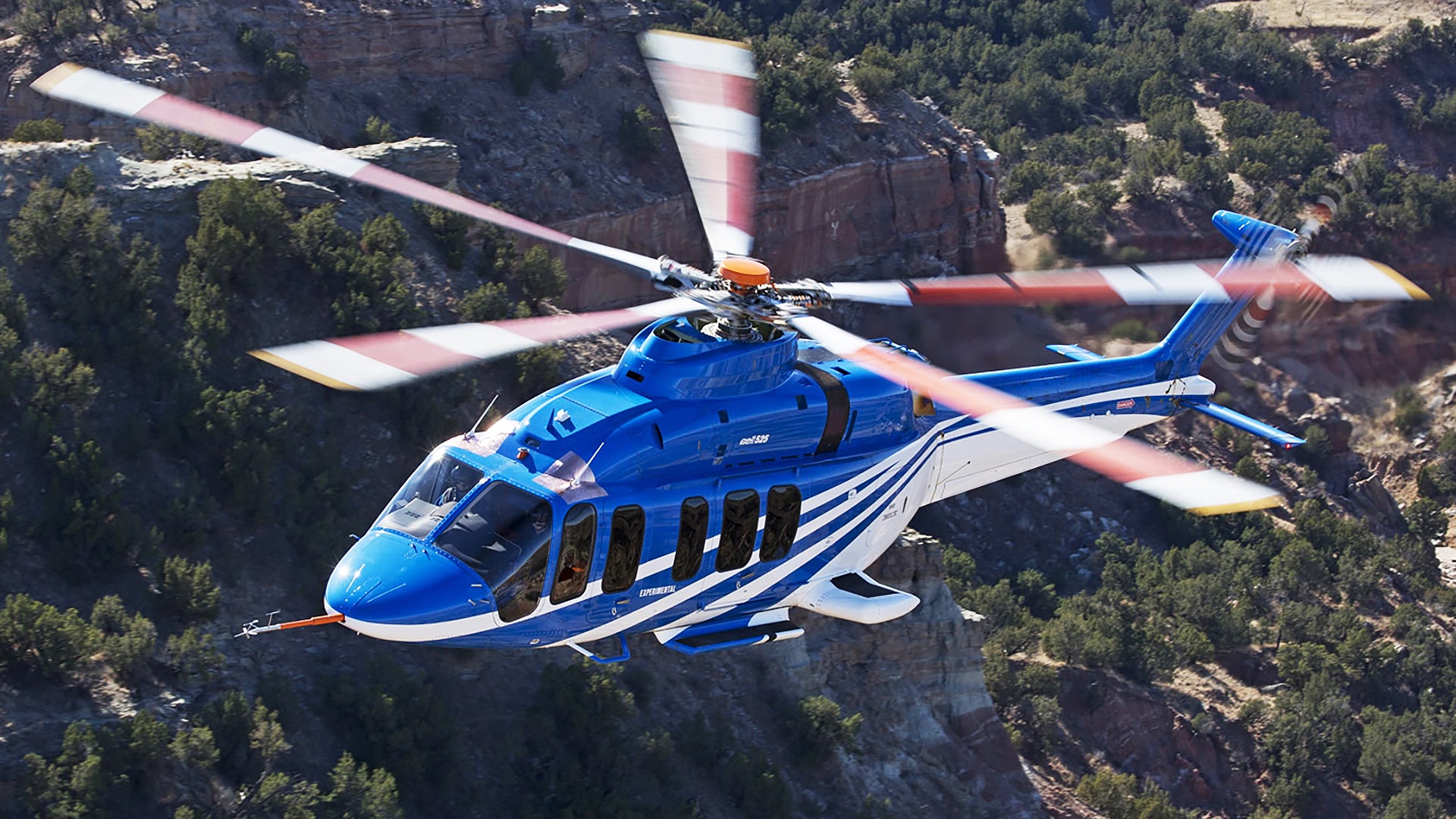It had been something of a mystery what Bell would put forward for the Army’s Future Attack Reconnaissance Aircraft (FARA) tender, which aims at furnishing a high-speed and survivable helicopter capable of piercing enemy defenses over long distances. Now we have the answer, with Bell announcing that it will offer an airframe based on their 525 Relentless advanced passenger and utility helicopter. This is a big deal in that the 525 offers none of the exotic configurations of its competitors, like Sikorsky’s S-97 Raider, Airbus’ X3-based offering, and AVX’s concept, nor the second-generation tilt-rotor technology used on the company’s V-280 Valor demonstrator. Boeing could even roll out an Apache with a pusher propeller.
Bell’s 525 is a ‘super’ medium-lift, twin-engine helicopter designed to haul up to 19 people out to oil rigs in a high-density cabin configuration or VIPs around in a very high-end cabin configuration. It is also suited for air ambulance and search and rescue work.
The helicopter features a number of advances in its design and especially in terms of its fly-by-wire flight control system and advanced avionics that set a new bar for ease of helicopter piloting. The program has faced delays following a deadly crash in 2016, but Bell plans to have the helicopter FAA certified sometime this year. You can read a bit more about the 525 in this past post of mine.


Speed is the biggest issue with Bell’s 525-based offering. In order to meet baseline requirements for the FARA competition, the aircraft has to be able to sustain a speed of 200 knots, or about 230 miles per hour. Currently, the 525 can cruise at up to 160 knots, which is considerably fast, and has briefly hit speeds over 200 knots in testing. Bell thinks that some sort of variant that leverages the 525’s existing technologies can accomplish the 200 knot goal, which would be somewhat remarkable for a traditional helicopter configuration, especially because we are talking about a sustained speed here at operational weights, not a dash or a dive in a stripped-down airframe.
Keep in mind that the world speed record for any conventional helicopter was made 33 years ago by a stripped down Westland Lynx that covered a 15km course at an average of 216 knots. So, we are talking about a much bigger engineering feat here than it sounds.
It remains unclear how far Bell will go with the adapting the 525’s existing airframe or if they will repackage the 525’s tech and drivetrain into an entirely new airframe design.
Scott Donnelly, CEO of Textron, which owns Bell stated the following according to Flight Global:
“The technology that we invested – in terms of the rotor technology, the fly-by-wire systems, control systems – has enabled us to field a more conventional helicopter that has very high speed [and] very efficient, very smooth operating capability,” he says.
The company will scale down the 525’s technology “to a size and weight that’s consistent with the FARA requirement”.

If Bell can pull this off, they could end up successfully positioning themselves as the lowest risk and lowest cost offering, and by a good margin. Depending on the timing, they could even win the competition out of necessity if defense budgets begin to head on a downward trend. And the stakes are very high. This aircraft is slated to replace roughly half of the Army’s AH-64 Apache fleet and would give Bell the mantle of purveyor of armed scout helicopters to the U.S. Army once again after it lost it when the Army made the very controversial decision to retire the entire OH-58D Kiowa Warrior fleet just a few years ago. That airframe was based on the iconic Bell Jet Ranger design.
On the survivable end of the spectrum, speed is just one factor. Maybe Bell will repackage the 525’s tech into a stealthy airframe that goes a long way to reduce its radar and infrared signature. This is something that is much more challenging to do for designs that place a premium on high-speed. As a result, they may have bulky coaxial rotors and some sort of propulsor or propeller system that isn’t conducive to low-observability.

There is strong logic behind the idea that even though a rotary-wing platform may be as fast as feasible, if it can’t survive when it arrives over the battlespace, it is not worth much. If this is the case, Bell may have an incredibly convincing argument. Pack enough speed to shorten transit times and limit vulnerability over some areas where speed is beneficial, but concentrate on survivability over the combat zone without relying on nap-of-the-earth flying, electronic warfare, enhanced situational awareness systems, and active defensive systems alone. And possibly do all this at a price that is well within the Army’s ability to purchase large quantities relatively quickly. Currently, the Army says it wants to spend $30M on each armed scout aircraft.
We know for a fact that Bell has worked for decades on low-observable helicopter applications. We also know that the precedent for a penetrating stealth helicopter being successfully used in a high-risk situation exists due to the Bin Laden raid. So, the possibility of a stealthy airframe here seems real. The design could even make use of new internal weapons deployment capabilities that are now available off-the-shelf and are uniquely conducive to stealth designs.

, Bell
At the same time, Bell could also aim to just attack on all fronts when it comes to driving down unit cost and present a non-stealthy design that meets the basic FARA requirements, but does so at a very attractive price and with very low risk to the Army. This could also help when it comes to exporting the next generation scout helicopter to allies around the globe, none of which have the dollars that the Pentagon does to blow on buying high-end platforms in large quantities.
Either way, this is a novel strategy for Bell, but one that is also a bit of a gamble considering the competition is coming with some pretty high-end concepts that feature relatively extreme capabilities in the speed category. Also, the Army rejected a more conventional design, the MD 969 Swift, already, but that helicopter had no way of meeting the 200 knot requirement.
Hopefully, we will get look at Bell’s final configuration soon.
Contact the author: Tyler@thedrive.com
